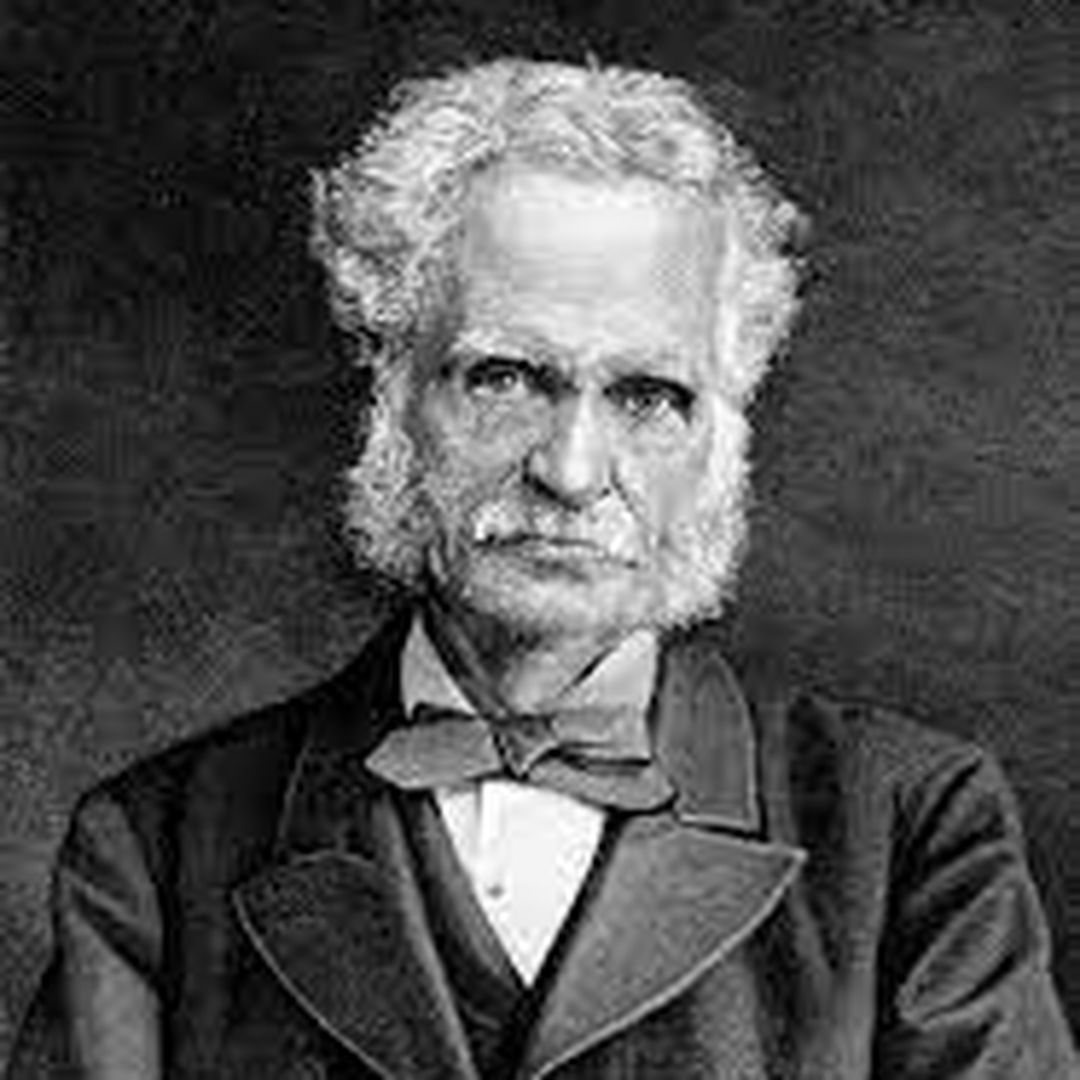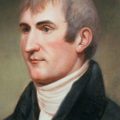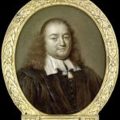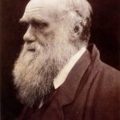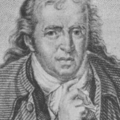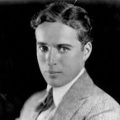Henry Walter Bates
The Amazon Explorer
February 8, 1825
Today is the birthday of the self-taught British entomologist, explorer, and naturalist Henry Walter Bates.
Unlike many of his scientist friends and peers, Henry was entirely self-taught.
In the mid-1840s, Henry met the great English naturalist Alfred Russel Wallace, who was one of the most intelligent scientific minds of his time. Alfred was said to have “the head of a man and the heart of a boy,” so it is no surprise that Henry and Alfred became great friends. In no time, the two men began planning a trip to explore the Amazon Rainforest.
Henry and Alfred reached out to universities, collectors, and institutions to pay for their trip, and they started a bucket list of desired specimens. Within a year, they had enough funding to start their big adventure.
So, in 1848, Henry and Alfred left England to explore the Amazon Rainforest.
Henry recorded the moment they arrived in Brazil:
“It was with deep interest that my companion and myself, both now about to see and examine the beauties of a tropical country for the first time, gazed on the land where I, at least, eventually spent eleven of the best years of my life.”
And while Henry stayed in the Rainforest for eleven years, Alfred returned to England after four years. It’s worth noting that all of Alfred’s specimens and notes were lost at sea on his voyage home after his ship caught fire and sank. Alfred and the crew nearly died but were rescued after ten days adrift in the Atlantic.
Meanwhile, back in the Amazon, Henry felt quite at home in the jungle, and he wrote:
“There is something in a tropical forest akin to the ocean in its effect on the mind. Man feels so completely his insignificance there and the vastness of nature.”
The excellent Palm House at Kew was already seven years old when Henry and Alfred left for the Amazon. In an ironic twist, Henry compared the Rainforest to the Palm House - instead of the other way around - when he wrote that the Amazon rainforest was like a,
“great palm-house spread over a large tract of swampy ground.”
During his eleven years in the Rainforest in Brazil, Henry collected butterflies and sent back a whopping 15,000 insect specimens - with over half of his collection listed as brand-new discoveries.
Henry’s work helped provide living proof of Charles Darwin’s theory of evolution. Henry’s most significant contribution was a phenomenon now called “Batesian mimicry.” After watching Heliconius butterflies, Henry realized that the birds avoided eating them because they had learned that the species was toxic and tasted terrible.
Next, Henry realized that other butterflies looked remarkably similar to the toxic Heliconius butterflies - thus tricking their predators into believing they were poisonous and would taste terrible. Ultimately, Henry correctly surmised this survival technique would ensure the survival of a species.
Henry generously shared most of his observations and suspicions with Charles, who happily received the information and encouraged Henry to publish his work. When Henry’s notes and discoveries were shared in The Naturalist on the River Amazon, Charles called it “The best book of Natural History Travels ever published in England.”
As Henry wrapped up his time in the Rainforest, he survived yellow fever, malaria, and many other uncomfortable maladies. Toward the end, it’s not surprising to read that Henry had grown weary of life's enormous challenges as an explorer. He wrote,
“I suffered most inconvenience from the difficulty of getting news from the civilized world down river, from the irregularity of receipt of letters, parcels of books and periodicals, and towards the latter part of my residence from ill-health arising from bad and insufficient food.”
After a dozen years away from family, friends, and civilization, Henry Bates, the great Naturalist, could not ignore what had been building in his heart: he was lonely. He wrote,
“I was obliged, at last, to come to the conclusion that the contemplation of nature alone is not sufficient to fill the human heart and mind.”
In 2014, Henry’s Amazon notebooks were digitized, and they are now online to view from the Natural History Museum Library.
And in 2018, Henry’s remarkable story was shared in an IMAX film called Amazon Adventure.
This post was featured onThe Daily Gardener podcast:
helping gardeners find their roots,
one story at a time
